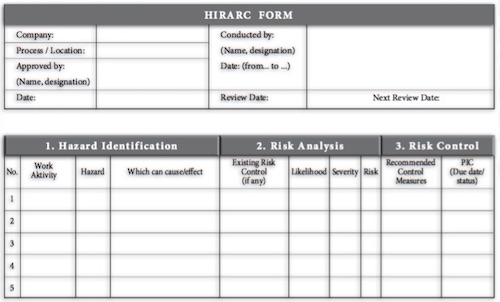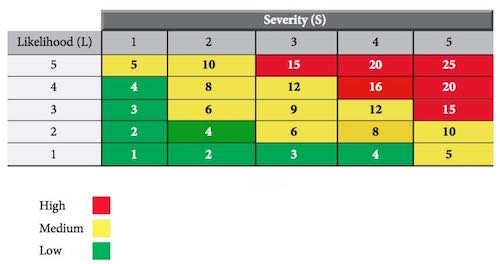- Redesign - Jobs and processes can be reworked to make them safer. For example, containers can be made easier to hold and lift.
- Isolation - If a hazard cannot be eliminated or replaced, it can some times be isolated, contained or otherwise kept away from workers. For example, an insulated and air-conditioned control room can protect operators from a toxic chemical.
- Automation - Dangerous processes can be automated or mechanized. For example, computer-controlled robots can handle spot welding operations in car plants. Care must be taken to protect workers from robotic hazards.
- Barriers - A hazard can be blocked before it reaches workers. For example, special curtains can prevent eye injuries from welding arc radiation. Proper equipment guarding will protect workers from contacting moving parts.
- Absorption - Baffles can block or absorb noise. Lockout systems can isolate energy sources during repair and maintenance. Usually, the further a control keeps a hazard away from workers, the more effective it is.
- Dilution - Some hazards can be diluted or dissipated. For example, ventilation systems can dilute toxic gasses before they reach operators.
Types of Control : Engineering Control
abah
7:33 AM
Tags
Reactions
You may like these posts
ARCHIVE
Copyright © 2016 safetyrisks All Right Reserved
Popular Posts

HIRARC : Documenting Process
11:45 AM

Process of HIRARC
2:28 PM

Documenting HIRARC
5:50 AM

Mechanical Hazards
4:20 AM
Categories
- PPE
- noise
- workplace safety
- electrical safety
- construction safety
- Occupational Safety and Health
- road safety
- OSHA
- chemical safety
- fire safety
- lab safety
- office safety
- safety engineering
- biological safety
- child safety
- computer safety
- environment
- escalator safety
- food safety
- forklift safety
- highway safety
- home safety
- hygiene
- industrial safety
- kitchen safety
- mechanical safety
- patient safety
- scaffolding safety
Tags
- HIRARC
- safety topics
- construction
- noise
- hazards
- Industrial Hygiene
- LOTO
- job hazard analysis
- demolition
- electrical
- fire
- hot work
- confined space
- first aid
- fishing
- flammable
- hearing impairment
- radiation
- safety officer
- safety signage
- Eye Protection
- Hand and Power Tools
- OSHA Certification
- administrative controls
- assessment
- biological
- body protective equipment
- breathing apparatus
- building evacuation
- chemical exposure
- compressed gases
- crane
- drowning
- emergency
- escalator
- evacuation
- excavation
- explosive
- forklift
- ghs hazard symbols
- how to
- physical hazards
- rescue
- risk management
Created By eaadhar | Distributed By Blogger Themes







